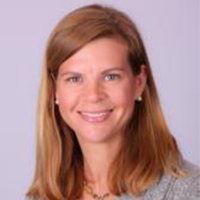Workforce tiering and job mapping have “really paid off” for Denise Snyder and researchers at Duke University as they grapple with a clinical trial landscape upended by the COVID-19 health crisis. “It’s still hard, but it would have been much harder” to function without use of the tactics, says Snyder, MS, RD, LDN, associate dean for clinical research with the Duke University School of Medicine.
Snyder believes the tiering and mapping work will help preserve her team during any clinical trial slowdown, and will put Duke in a better positions to be “ready to go back” at near full-speed as the nation recovers from the pandemic and business begins a return to something resembling normalcy.
At core, the tiering and mapping give Snyder and team a flexibility because they have a clear handle on who is doing what, and what skills are needed in specific trials, she says. “We can match personnel to studies that are still operating or adjust” workloads in a number of other ways, Snyder says.
Even the process of tiering and mapping has had long-term benefits, Snyder says. For example, it helped Duke to become better at communicating with employees from all angles, and not just “with leaders and managers,” Snyder says.
The Association of Clinical Research Professionals (ACRP) recognized Duke University for its commitment to innovation in clinical research workforce development at the ACRP 2019 conference in Nashville, Tenn.
Flexibility is emerging as a key to success on the road to recovery in clinical trials, says Jill Johnston, CCRA, president with the Study Planning and Site Optimization Division at WCG and a long-time veteran in the contract research organization space. She urges sites and others to drill down now on their current trials and look at ways to minimize interruptions as regions around the country begin to recover from COVID-19.
“There’s plenty of time right now” for sites and others to examine each of their trials and look for potential trouble spots to address before trials begin to crank up again, Johnston says. For example, a trial protocol might require an MRI in week four; Johnston would task her team with getting “hyper local” and finding out who else could conduct MRIs in that trial scenario if the original service provider is slow to resume operations.
“You don’t want to find to be finding these problems when you turn the study back on,” Johnston says. “Think through all the different pieces now.”
Author: Michael Causey



